I have been waiting for catastrophic sea level rise to wash me from the rock platform a few headlands around from where I live at Sunshine Beach in Noosa Shire about halfway along the east coast of Australia that is on the edge of the western South Pacific Ocean.
I like to stand on that platform of sandstone, sandstone that perhaps dates to the Jurassic – the time of the dinosaurs – and thumb my nose at all the catastrophe on the nightly news about global warming and rising sea levels.
The highest tide this year is forecast for 8.27 am on Monday 3rd January (2022) at 2.29 metres.
It just might happen this year, that I get washed away. If there is a low-pressure system offshore and big winds, as forecast.
We were there on that platform for the very highest tide last year, but the waves never made it even to our ankles. So, much for catastrophic sea level rise, I thought.

The cliff face behind reaches up perhaps 30 metres to the famous Boiling Pot Lookout.
There is a wave cut notch running right around the base of the cliff face – where the rock platform begins.
The cliff face has been formed by undercutting: from waves swirling beneath until they bring down great lumps of rock, to be removed by the wash.
And so, the headland has receded landward, and the platform become wider. But it’s not happening anymore, because sea levels are not as high as they used to be.
Logically, sea levels must have once been much higher because now even on the highest tide for the year the waves don’t reach the bottom of the cliff face, the notch. On highest tides long ago, the waves must have smashed against the cliff face.

According to the most recent Intergovernmental Panel on Climate Change report (AR6) – temperatures are the warmest they have been for at least the last 125 000 years.
Has it really been that long since the ocean lapped at the base of this cliff below the Boiling Pot Lookout? Is my favourite rock platform that old – 125 000 years old? Has it been just so wide for that long?
There are marine potholes in the sandstone just two rock platform to the southeast, towards Tea Tree Bay. The fracture around one of the rings suggests a pre-existing body, possibly a fossilised tree trunk. A geologist emailed me two years ago: note the pattern of dimples around the pothole which, if it is a Jurassic age sediment could be due to the presence of roots of Taxodium; I’ve posted a picture of that swamp cypress at an earlier blog post, click here.
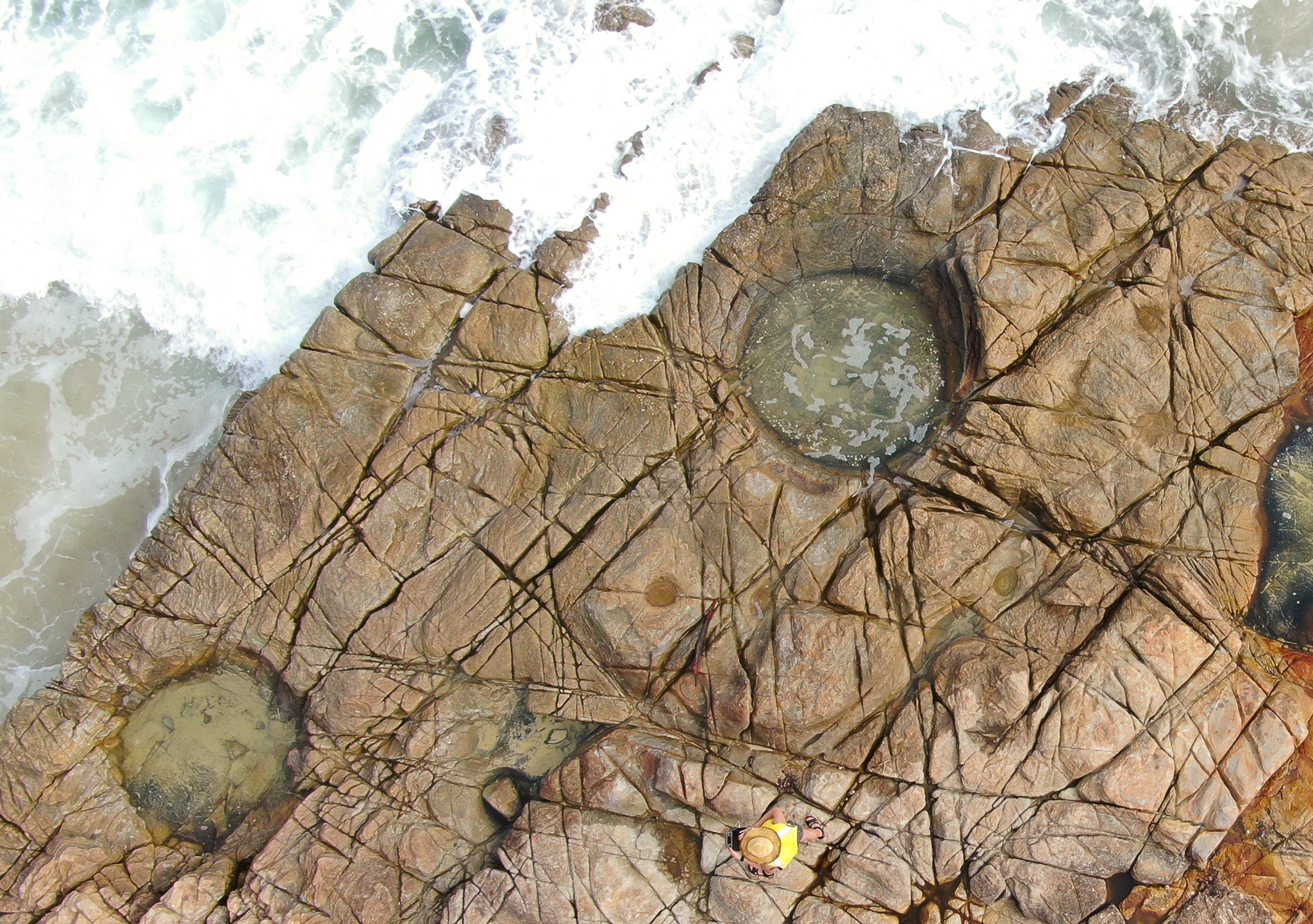
Various texts on the geology of this area suggest that the sandstone was indeed laid down about 180 000 000 years ago. Back then the east coast of Australia faced south and this region was far inland and an intact sedimentary basin – far from the waves and the sea tides.
That was a long time ago, 180 million years ago.
When did the ocean first reach the sandstone and begin eroding it, forming the cliff face below Boiling Pot Lookout?
This is just one of the questions that I will ponder as I face the ocean next Monday from my favourite wave-cut platform below the lookout, weather permitting.
**********
Standing on rocks is what rock fishers do, and it is considered one of the most dangerous sports in Australia with 158 deaths in the 13 years to 2017. To reduce the risk of injury it is advisable to:
- Wear a lifejacket
- Check tides weather and surf conditions
- Take personal responsibility, think twice and assess my safety
- Plan an escape route in case I am washed into the water
- Wear the right gear i.e. lifejacket, appropriate footwear, lightweight clothing
- Never fish/go alone, and make sure you tell someone where you are going and when you will be back
- Look for Angel Rings or someone other floatation device to throw to someone in trouble
- Call 000 if assistance is required.
There is more information at my sea level change page, click here. If you like sharing, the short link to this blogpost is https://wp.me/p3uL4U-4Yf
**** UPDATE 31st December 2021
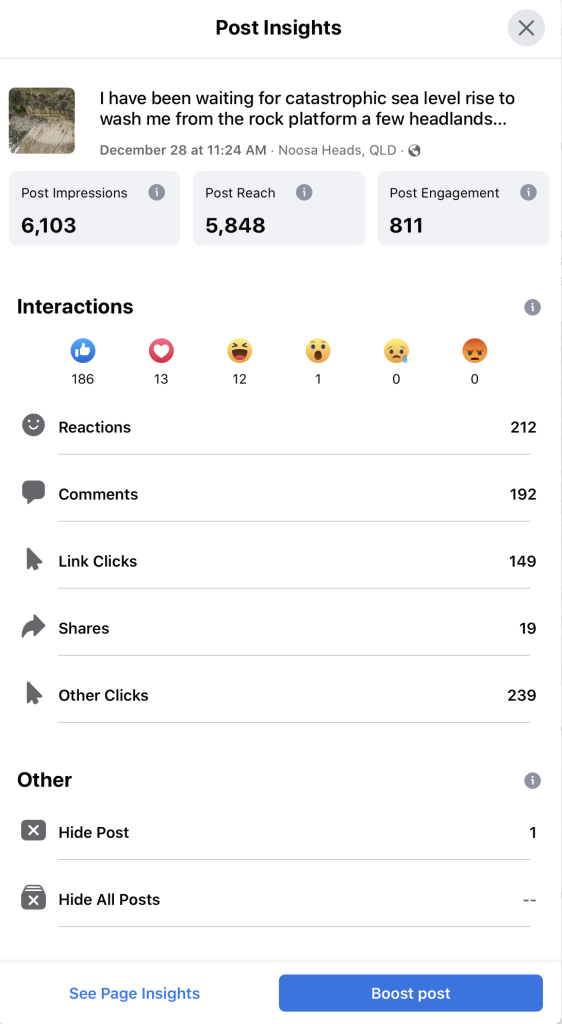

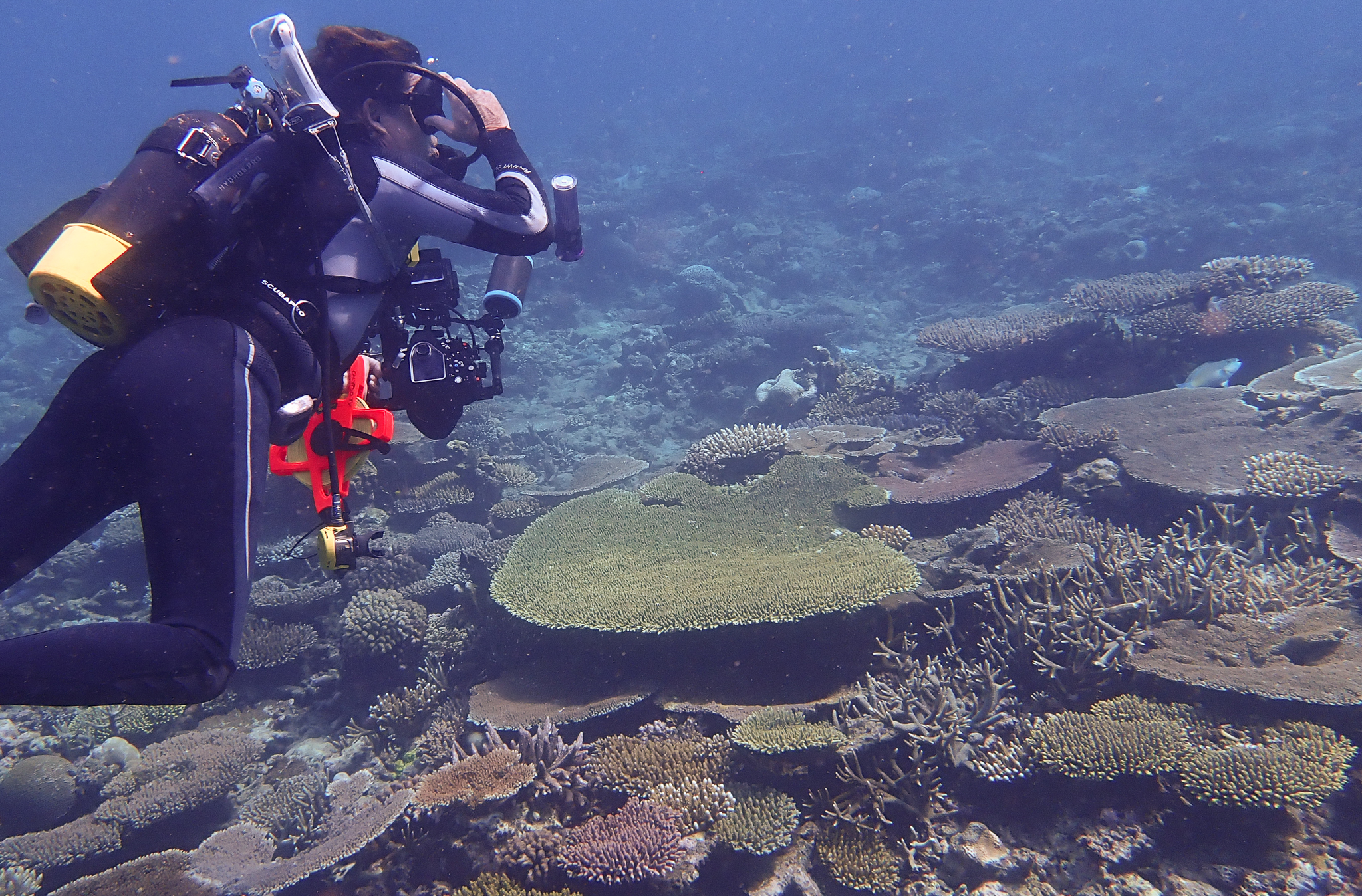

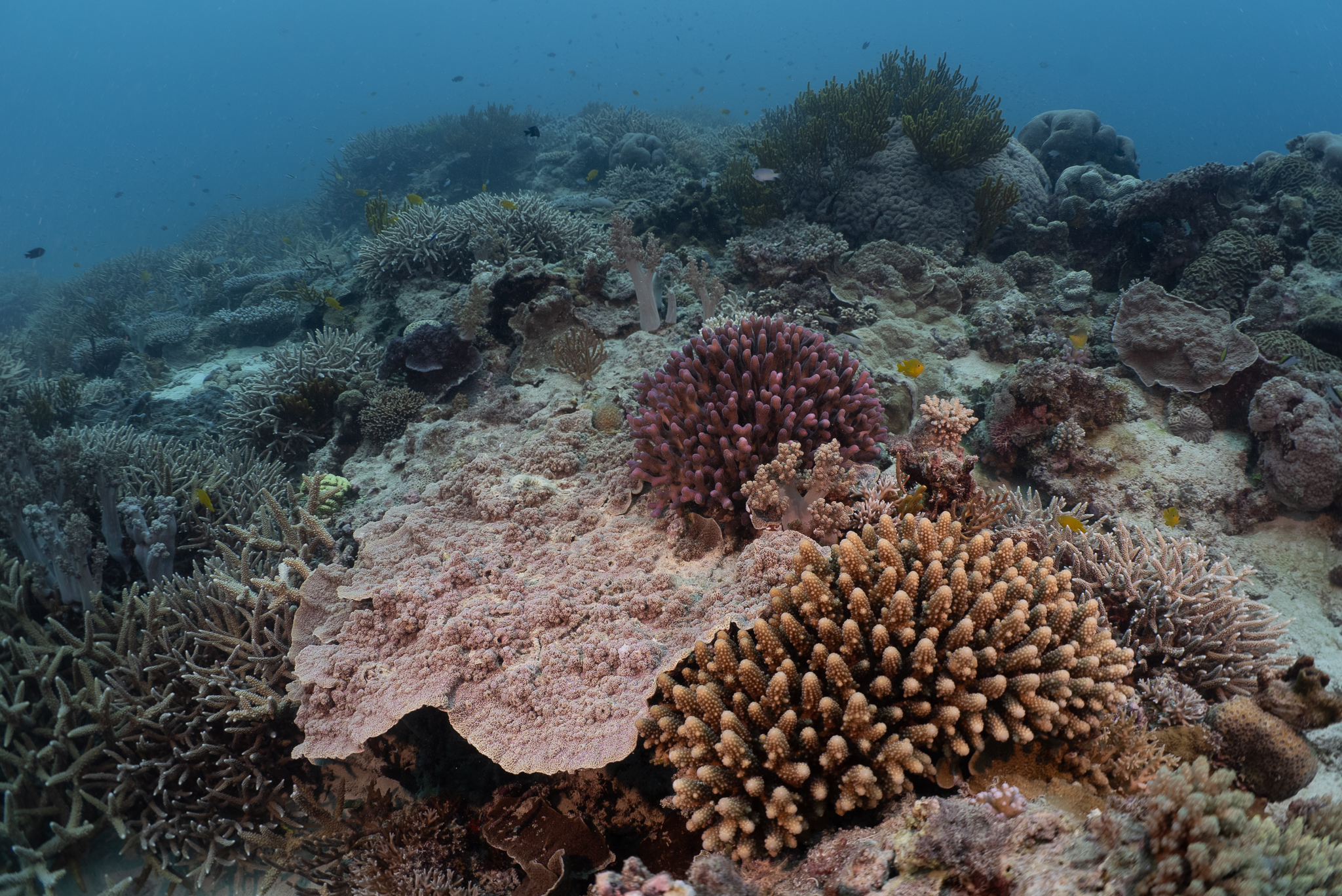
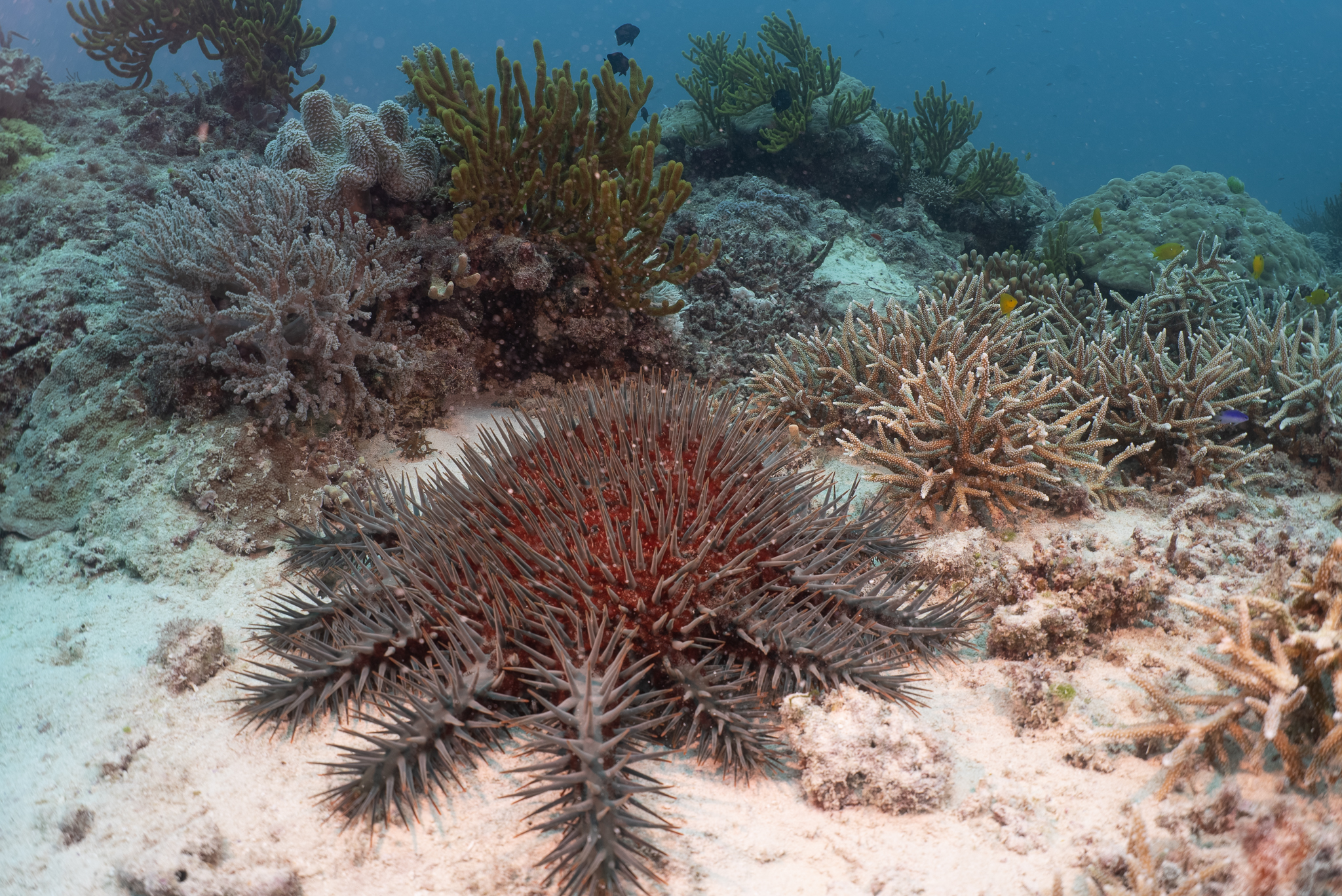

 Jennifer Marohasy BSc PhD has worked in industry and government. She is currently researching a novel technique for long-range weather forecasting funded by the B. Macfie Family Foundation.
Jennifer Marohasy BSc PhD has worked in industry and government. She is currently researching a novel technique for long-range weather forecasting funded by the B. Macfie Family Foundation.